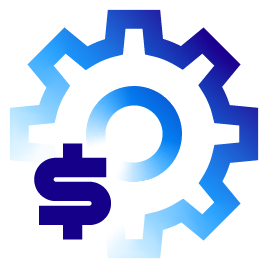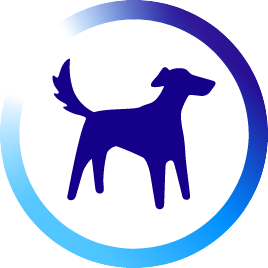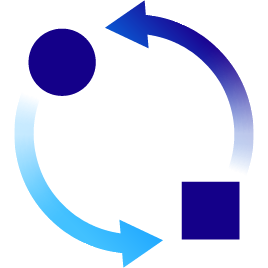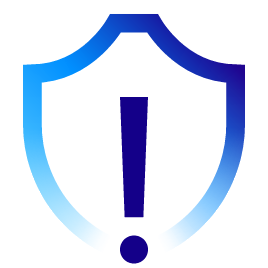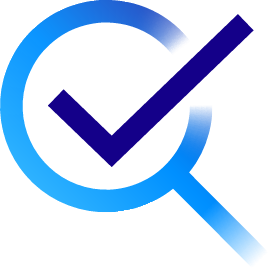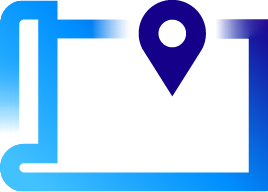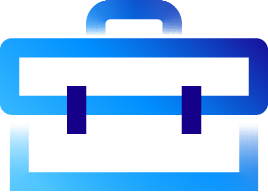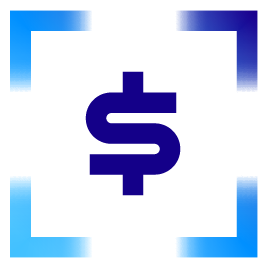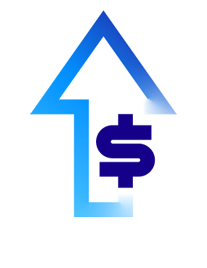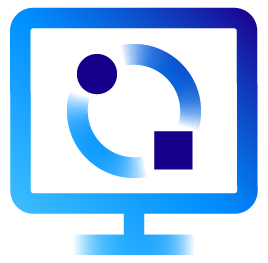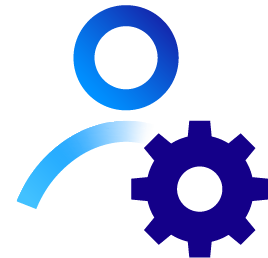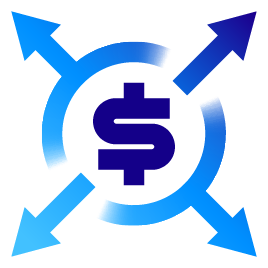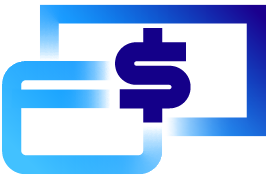1. Invest in Advanced Technology
Best Practice: Start with the right technology. Antiquated systems with limited ability to scale can hamper your ability to effectively monitor trades and adapt to regulatory changes. Modern trade monitoring platforms should offer timely data, key insights, and seamless integration with your existing systems.
Considerations: Look for technology that provides not just check the box, but consistent, repeatable, scalable transaction monitoring with a robust audit-trail. Orion Advisor Solutions provides top-ranked tools designed to fit in any tech stack with complete end to end workflow and reporting.
2. Establish Clear Processes and Procedures
Best Practice: Develop and document clear processes and procedures for personal trade monitoring. Well-defined procedures ensure consistency and accuracy in monitoring and reporting activities.
Considerations: Define roles and responsibilities, document standard operating procedures for trade surveillance, and create escalation paths for findings and exceptions. Ensure that these processes are regularly reviewed and updated to reflect changes in regulations or trading practices.
3. Implement Rigorous Data Management Practices
Best Practice: Maintaining data integrity is key to effective trade monitoring. Inconsistent or fragmented data can lead to missed compliance issues and inaccurate reporting.
Considerations: Use a centralized data management system that integrates with your trade monitoring platform. Ensure that data is accurate, complete, and easily accessible for analysis and reporting. Orion Advisor Solutions offers integrated solutions that streamline data management and enhance monitoring efficiency.
4. Focus on Automated Reporting and Alerts
Best Practice: Automate reporting and alerting to improve efficiency and accuracy. Manual reporting is time-consuming and prone to errors, while automated systems can provide timely and accurate insights.
Considerations: Implement automated reporting tools that generate compliance workflows, track key metrics, and provide alerts for potential issues. This allows for proactive management and quick responses to emerging risks.
